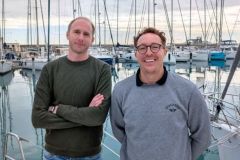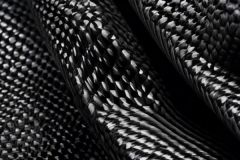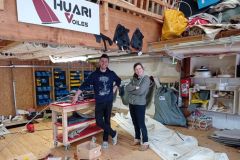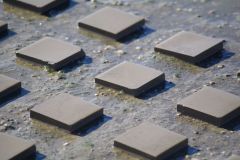Rémi Aubrun is a well-known sail designer and is now in charge of the Incidence group's design offices. He has a broad vision of the evolution of the sailmaking field. He shares with us his analysis of recent and future developments of this element for yachting, and maritime in general.
What are the major developments you have seen in recent years in the field of sailmaking?
The material is obviously very important. Incidence has developed its own material, and this is a real strength. Having access to its membrane gives a flexibility of adaptation and allows to make tests, change fibers... We have developed many things. Today, a point that comes into play in all of this: it is the ecology. We will have to adapt to make sails with low emissions. The sail remains the consumable of the boat. To make the least polluting possible, there are 2 different ways: either to make sails that are indestructible for years, with fibers from petroleum, or to make sails with no emissions, but that we change often. Even if the ideal would be sails that are puncture-proof and emission-free! Depending on the sailmakers in the sector, there are different research paths. Some test different natural fibers, others focus on durability over time.
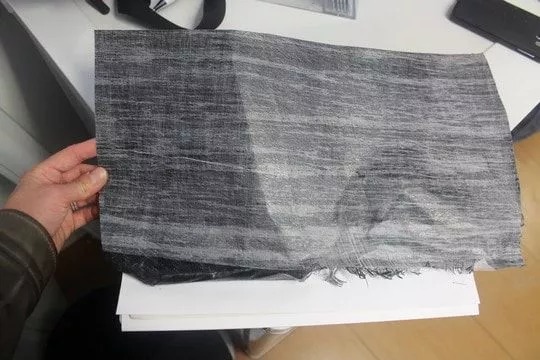
There are also changes in sail shapes, triangulation of surfaces. Boats are accelerating and you need sails to match.
Are there any changes in the tools for sail designers?
With the evolution of computing means and software, we have more and more access to digital simulation. This allows us to work on fluid-structure interactions on the boat, and also to have access to material deformations, which is related to the previous topic.
What is the evolution of the demands of sailmaker customers? Have there been any recent changes?
The big changes come from the race. As they are very exposed in the media on the ecological themes, the classes put in place regulations on the sails. This puts pressure on the suppliers to do research and make the materials evolve.
On the yachting side, there are many requests for large cruising catamarans, but technically, there has been very little evolution. For cost and strength, we are still using fairly classic woven Dacron sails. Similarly for the shapes, the evolutions linked to speed remain linked to ocean racing today.
The latest development is that we are increasingly solicited for the decarbonization of maritime transport. At Incidence, we really want to be part of this movement and to be in the right car.
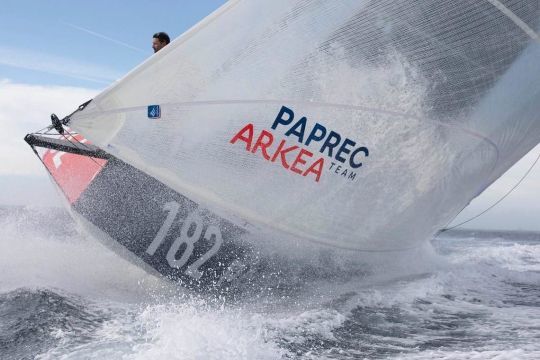
How could we imagine the sailing of tomorrow?
I believe that flexible sailing has a future in all areas, including sailing. It's simple and it's been proven for hundreds of years. I think one of the things that is coming up is thick profile work, probably not for everyone, because thick profile is only useful if you go fast.








